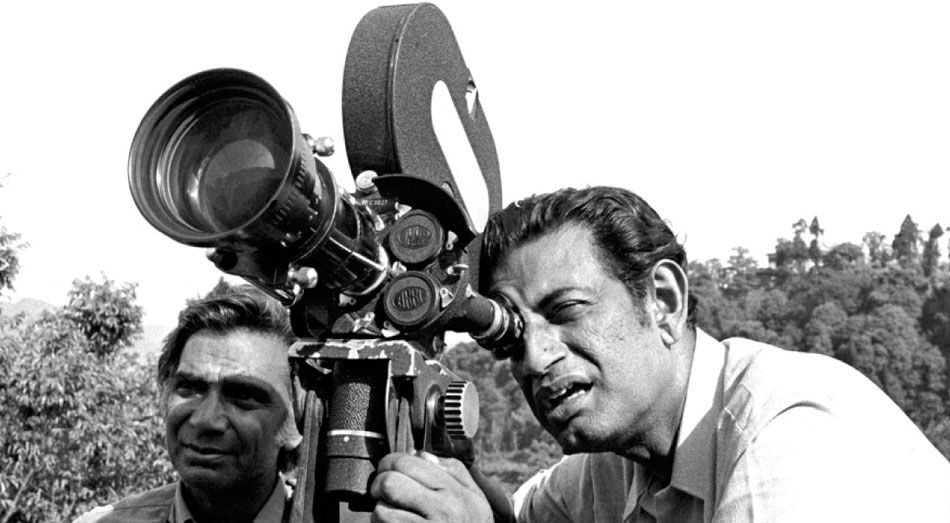Evolution of Bollywood
- TPG
- Aug 21, 2020
- 3 min read
By Anahita Devasi and Rajal Monga

Growing up in the 2000s, jamming to the iconic tunes of movies like “Main Hoon Na” and “Kabhi Khushi Kabhie Gham”, the majority of us are quite familiar with the Hindi Cinema, and its dynamic world. Even the word Bollywood conjures up images of elaborately choreographed dance numbers in the brightest of clothes, with the heroine’s sari casually flowing in the wind and a boy-meets-girl story with a scary villain but ultimately a happy ending. Always.
Bollywood is a movie industry like no other and has influenced the entire culture of our country. From being used as a medium to popularise nationalism in the 1910s[SA(PA1] to being one of our main sources of entertainment through the commercialised masala films. Since its inception in 1913, Indian cinema has existed through a multitude of social changes that have made it the sensation that it is today.
The industry started with the Marathi movie by Dadasaheb Phalke called Raja Harishchandra which established the Marathi dominance over this industry and made Bombay the capital of Bollywood. Although this was the silent film era, movies inspired people to join the nationalist movements. The 1930s was when the “talkies” started and movies were made on the everyday lives of poor people. Most of these movies had the premise of a poor man and his daily struggle with life. This is quite a contrast to the recent years of the Indian cinema when most of the movies portrayed the idolised lifestyle of rich people. The 40s to 50s were the “Golden Years” of Bollywood. Several critically acclaimed films were made in this period, including Mughal-e-Azam, Kaghaz Ke Phool, Mother India and Pyaasa. Each of these movies inspired Indian cinema for decades to follow. Many of Hindi cinema’s most prolific directors came to the scene during this era—from legendary actor-directors such as Guru Dutt and Raj Kapoor, pioneers of the film industry such as Mehboob Khan, Vijay Bhatt, and Bimal Roy and the comedy, romance and tragedy trio comprising of Dev Anand, Raj Kapoor and the king of tragedy Dilip Kumar. This was the time when the wounds of the partition were still fresh but India saw hope and willed to move forward keeping the past behind.
The 60s to 70s introduced actors that would continue to be legends to this day. The 70s, according to me, was the best decade of Bollywood. It popularised the role of villains and made the best movies in the industry. Sholay, Ganga Jamuna, Deewar, Don, Amar Akbar Anthony and Mera Naam Joker. Symbolising the frustration of the generation of the dashed hopes given by the freedom, these movies established many great actors like Amitabh Bachchan, Rishi Kapoor, Hema Malini, Rekha, Rajesh Khanna, Zeenat Aman and Sharmila Tagore. The 1980s is considered as the slump decade of Bollywood due to a large number of intolerable B- grade movies dominating the scene. The late 1990s and early 2000s produced many critically acclaimed movies like Dilwale Dulhania Le Jayenge, Kabhi Khushi Kabhie Gham, Kuch Kuch Hota Hai, Jo Jeeta Wohi Sikandar and countless others that launched the three Khans: Shahrukh Khan, Amir Khan and Salman Khan into the movie industry.
The late 2000s is famous for the commercialised cinema of Bollywood where the money matters more than the quality of the movie. Ten years later, Masala films do exist but if one looks deeper, you will find gems that portray reality and how good cinema should be. Recently, although biopics and historical fictions are slightly overdone, audiences have quit chasing superstars, and instead really started enjoying underrated movies with original and innovative ideas.



Comments